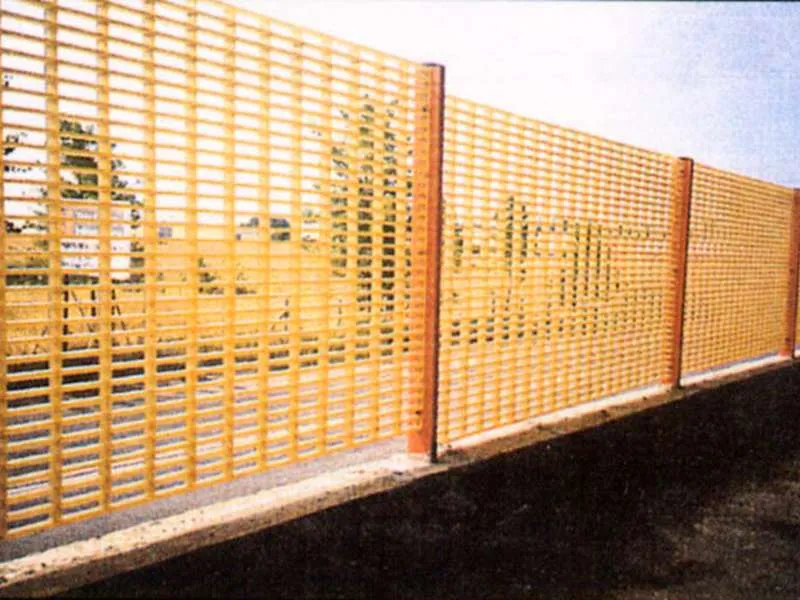
-
 Afrikaans
Afrikaans -
 Albanian
Albanian -
 Amharic
Amharic -
 Arabic
Arabic -
 Armenian
Armenian -
 Azerbaijani
Azerbaijani -
 Basque
Basque -
 Belarusian
Belarusian -
 Bengali
Bengali -
 Bosnian
Bosnian -
 Bulgarian
Bulgarian -
 Catalan
Catalan -
 Cebuano
Cebuano -
 China
China -
 China (Taiwan)
China (Taiwan) -
 Corsican
Corsican -
 Croatian
Croatian -
 Czech
Czech -
 Danish
Danish -
 Dutch
Dutch -
 English
English -
 Esperanto
Esperanto -
 Estonian
Estonian -
 Finnish
Finnish -
 French
French -
 Frisian
Frisian -
 Galician
Galician -
 Georgian
Georgian -
 German
German -
 Greek
Greek -
 Gujarati
Gujarati -
 Haitian Creole
Haitian Creole -
 hausa
hausa -
 hawaiian
hawaiian -
 Hebrew
Hebrew -
 Hindi
Hindi -
 Miao
Miao -
 Hungarian
Hungarian -
 Icelandic
Icelandic -
 igbo
igbo -
 Indonesian
Indonesian -
 irish
irish -
 Italian
Italian -
 Japanese
Japanese -
 Javanese
Javanese -
 Kannada
Kannada -
 kazakh
kazakh -
 Khmer
Khmer -
 Rwandese
Rwandese -
 Korean
Korean -
 Kurdish
Kurdish -
 Kyrgyz
Kyrgyz -
 Lao
Lao -
 Latin
Latin -
 Latvian
Latvian -
 Lithuanian
Lithuanian -
 Luxembourgish
Luxembourgish -
 Macedonian
Macedonian -
 Malgashi
Malgashi -
 Malay
Malay -
 Malayalam
Malayalam -
 Maltese
Maltese -
 Maori
Maori -
 Marathi
Marathi -
 Mongolian
Mongolian -
 Myanmar
Myanmar -
 Nepali
Nepali -
 Norwegian
Norwegian -
 Norwegian
Norwegian -
 Occitan
Occitan -
 Pashto
Pashto -
 Persian
Persian -
 Polish
Polish -
 Portuguese
Portuguese -
 Punjabi
Punjabi -
 Romanian
Romanian -
 Russian
Russian -
 Samoan
Samoan -
 Scottish Gaelic
Scottish Gaelic -
 Serbian
Serbian -
 Sesotho
Sesotho -
 Shona
Shona -
 Sindhi
Sindhi -
 Sinhala
Sinhala -
 Slovak
Slovak -
 Slovenian
Slovenian -
 Somali
Somali -
 Spanish
Spanish -
 Sundanese
Sundanese -
 Swahili
Swahili -
 Swedish
Swedish -
 Tagalog
Tagalog -
 Tajik
Tajik -
 Tamil
Tamil -
 Tatar
Tatar -
 Telugu
Telugu -
 Thai
Thai -
 Turkish
Turkish -
 Turkmen
Turkmen -
 Ukrainian
Ukrainian -
 Urdu
Urdu -
 Uighur
Uighur -
 Uzbek
Uzbek -
 Vietnamese
Vietnamese -
 Welsh
Welsh -
 Bantu
Bantu -
 Yiddish
Yiddish -
 Yoruba
Yoruba -
 Zulu
Zulu
Enhanced Efficiency of GRP Absorbers in Energy Applications and Environmental Impact
Understanding GRP Absorbers An Insight into Their Functionality and Applications
Glass Reinforced Plastic (GRP) absorbers are essential components utilized in various industrial and environmental applications. Known for their durability and excellent acoustic properties, GRP absorbers are increasingly being adopted to manage sound pollution and enhance energy efficiency.
Understanding GRP Absorbers An Insight into Their Functionality and Applications
The functionality of GRP absorbers is rooted in their design. They typically consist of a porous structure that allows sound waves to penetrate and dissipate energy. When sound waves enter the material, they encounter numerous internal surfaces, causing them to lose energy in the form of heat through friction. This process effectively reduces noise levels in various settings, making GRP absorbers an excellent choice for soundproofing.
grp absorber

In industrial environments, noise generated by machinery can pose health risks to workers and impact operational efficiency. GRP absorbers can be strategically installed around noisy equipment to significantly diminish sound levels. This not only creates a more comfortable working atmosphere but also helps companies comply with regulatory noise standards, ultimately safeguarding both the workforce and the business.
Additionally, GRP absorbers are widely used in the construction of environmentally friendly buildings. Their insulation properties enhance energy efficiency by maintaining consistent temperatures within structures, reducing the reliance on heating and cooling systems. This leads to lower energy consumption and a smaller carbon footprint, aligning with global sustainability goals. Architects and engineers increasingly incorporate GRP absorbers into their designs as they seek innovative solutions for eco-friendly construction.
Beyond industrial and construction applications, GRP absorbers find use in transportation. They are often employed in vehicles, trains, and aircraft to minimize noise, thereby improving passenger comfort. Furthermore, in urban planning, GRP absorbers can be integrated into sound barrier walls along highways, creating quieter environments for nearby residents.
In conclusion, GRP absorbers represent a versatile and effective solution for addressing sound pollution across various sectors. Their lightweight and robust nature allows for easy installation and long-term performance, making them invaluable in industrial, environmental, and architectural applications. As the demand for sustainable and efficient materials continues to grow, GRP absorbers will undoubtedly play a crucial role in shaping a quieter, more energy-efficient future.









